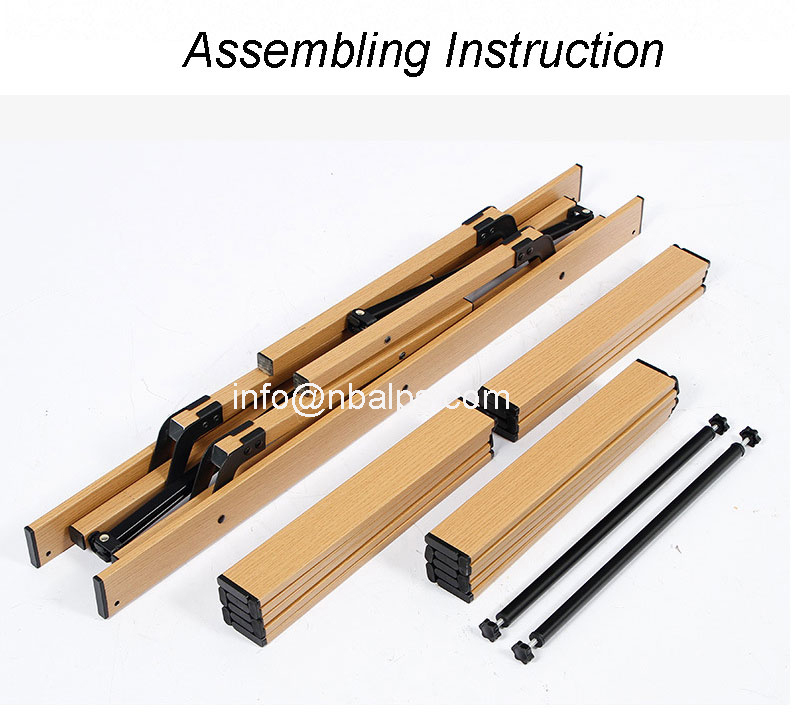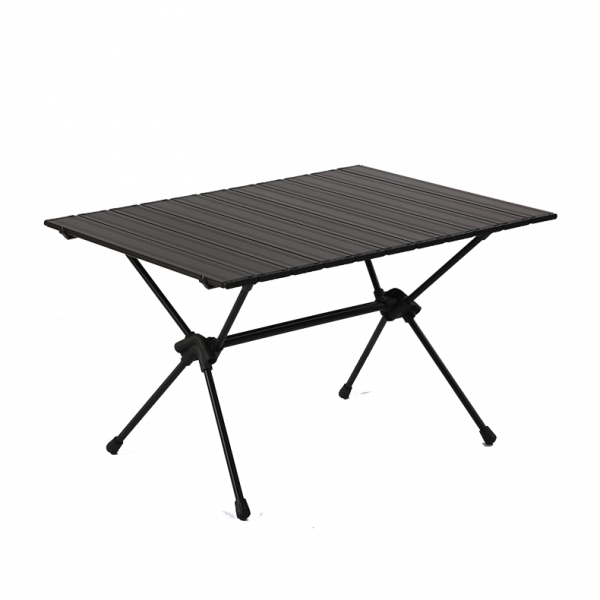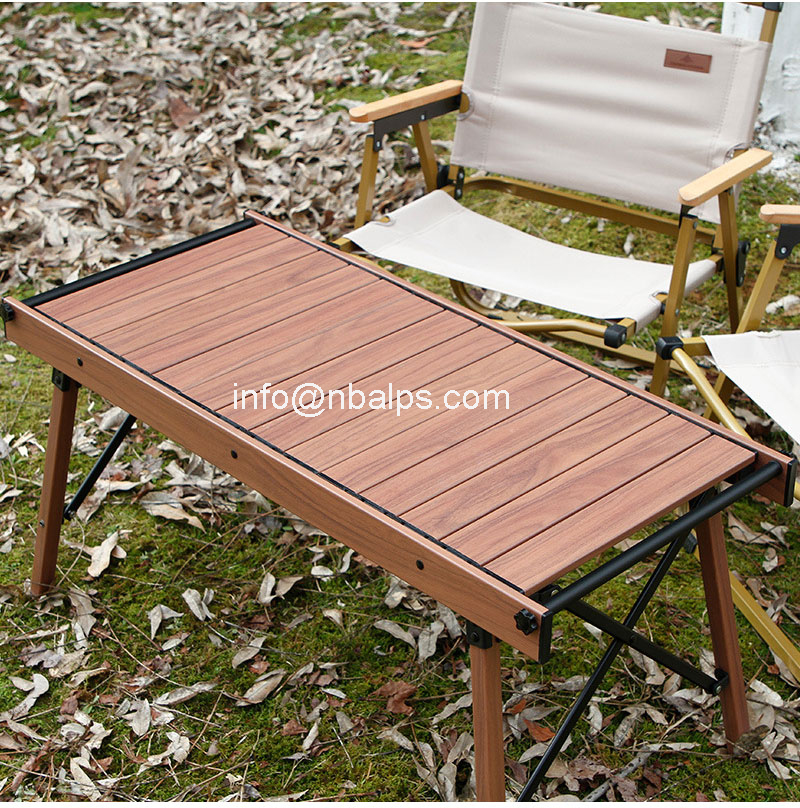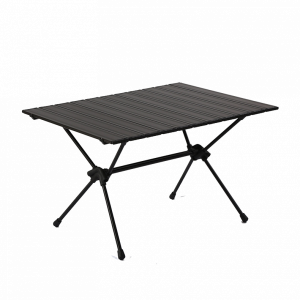News Center+ 查看更多
News Center
+ 查看更多
Material Matters: Choosing the Perfect Components for Durable Camping Tables+ 查看更多
Material Matters: Choosing the Perfect Components for Durable Camping Tables
+ 查看更多
Date:2023-11-24
In the realm of outdoor gear, the significance of material selection in crafting durable camping tables cannot be overstated. These tables, essential for campsite functionality, undergo a meticulous process of material consideration, where each component is chosen with precision to ensure resilience, longevity, and adaptability to the demands of outdoor environments.
Foundation of Durability: Timber Selection
The cornerstone of many camping tables lies in the selection of timber. Hardwoods such as oak, teak, or bamboo are often favoured for their inherent strength and natural resistance to elements. These woods boast exceptional durability, capable of withstanding varying weather conditions, moisture, and physical stress while exuding a rustic charm that blends seamlessly into natural surroundings.

Engineering with Metals: Lightweight Strength
Alternatively, metals like aluminium or stainless steel reign supreme in crafting durable camping tables. Renowned for their lightweight yet robust nature, these materials offer unparalleled strength-to-weight ratios. Aluminium, particularly, stands out for its corrosion resistance, making it an ideal choice for tables intended for prolonged outdoor use, ensuring durability without compromising on portability.
Composite Materials: Balancing Strength and Weight
Innovations in material science have introduced composite materials as a viable option for crafting camping tables. These materials blend various components such as fibreglass, carbon fibre, or reinforced plastics, striking a balance between durability and weight. Their versatility allows for tailored design features while maintaining a high degree of strength, making them ideal for specialized camping table applications.

Functional Considerations: Design and Adaptability
The selection of materials isn't merely about durability but also about functional design. Camping tables often feature a combination of materials to optimize functionality. For instance, a wooden tabletop might be complemented by an aluminium or steel frame for enhanced stability and weight reduction. Modular designs also enable the incorporation of materials like heat-resistant plastics for specific table sections, catering to varied campsite needs.
Environmental Impact: Embracing Sustainability
In an era of environmental consciousness, material selection for camping tables increasingly emphasizes sustainability. Manufacturers prioritize responsibly sourced timber or recycled metals, aligning with eco-friendly practices to reduce environmental impact. This conscious approach ensures that the tables not only endure the rigours of outdoor use but also contribute positively to preserving natural environments.

In conclusion, the meticulous process of selecting materials for camping tables encapsulates a delicate balance between durability, functionality, and environmental responsibility. Whether rooted in traditional timber craftsmanship, leveraging the strength of metals, or exploring innovative composites, each material choice serves as a testament to the commitment to crafting durable and adaptive tables that stand resilient amidst the rigours of outdoor exploration.

